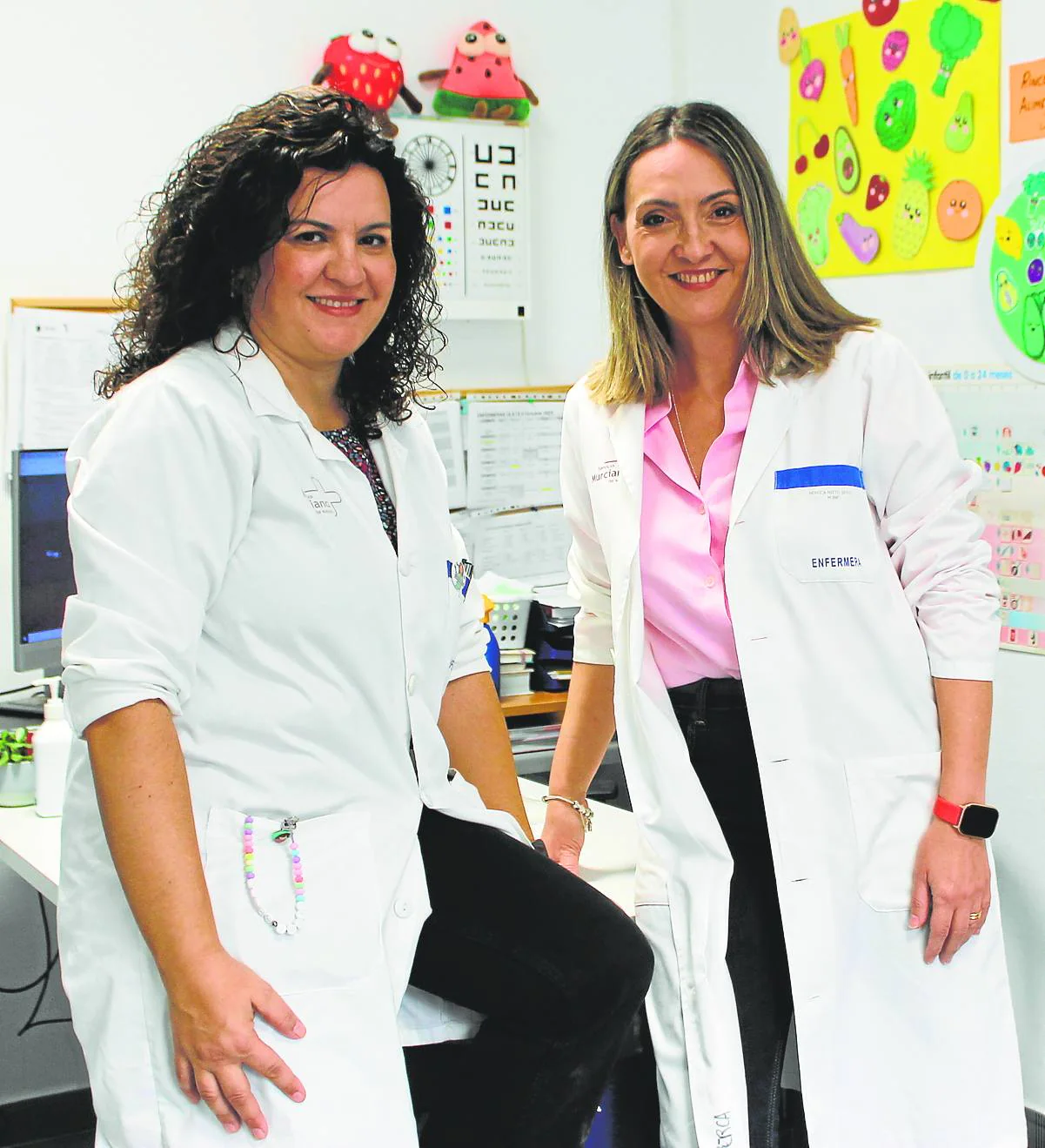Washington (AFP) – A small stone for Man, a great discovery for humanity: in a cozy wing of a museum in Washington, cameras and telephones are focused Friday on a tiny sample of the asteroid Bennu, supposed to allow to better understand the formation of life on Earth.
Published on: 04/11/2023 – 16:45
4 mn
Exhibited to the public on Friday for the first time, at the National Museum of Natural History of the prestigious Smithsonian institution, and from the largest asteroid sample ever collected, the small fragment the size of gravel is just visible in its small capsule.
Visitors don’t fail to hold up their phones for a selfie next to the little black rock, or take a photo for the family, like Jenn Mann, who came from neighboring Virginia to take her grandson to “finally” see a piece of asteroid on Earth.
“I was afraid it was just a speck of dust, but it’s actually much bigger than I thought,” laughs the 64-year-old computer scientist.
“I was ten years old when man first walked on the Moon and I think that all the people of my generation are very attached to all this,” she confides, before taking a photo for her girl. “You can’t imagine all the excitement there was at the time.”
The sample is part of a NASA mission to determine whether asteroids actually brought to Earth the elements that allowed the birth of life, such as carbon and water.
“A lot of work”
This mission, called Osiris-Rex, took this sample in 2020 from Bennu, an asteroid 500 meters in diameter then located more than 300 million kilometers from Earth.
© OLIVIER DOULIERY / AFP
The capsule containing the precious cargo successfully returned to Earth in September, landing in the American desert. Since then, analyzes have continued at NASA’s Johnson Space Center in Houston.
Although she worked with the scientific team on this project, Nayi Castro, like the other visitors, is seeing a fragment of the sample with her own eyes for the first time. “It’s indescribable,” she said, proudly wearing the NASA logo on her T-shirt.
“It’s great to see this sample, because it took a lot of work to bring it back,” says the 36-year-old, always smiling, who is responsible for the mission’s operations. “I can’t wait to take my family and friends to see it.”
For the occasion, the head of NASA himself is also present.
“We now know that this asteroid contains water crystals and carbon, two of the elements at the origin of life,” rejoices Bill Nelson, just before the curtain rises.
This new space adventure “is part of our quest to understand, to try to understand, who we are, what we are, where we are, in the immensity of this cosmos”, he adds in a solemn tone. , in front of journalists and space enthusiasts, eager to take out their cameras to take an image of the sample.
“Dream come true”
This fascination of visitors and specialists alike is quite normal for Tim McCoy, curator at the Smithsonian’s National Museum of Natural History, describing this discovery as a “turning point”.
For him, “this is the beginning” of a long process intended to “try to understand our unique planet”.
“Our planet presents characteristics that we have not found on any other planet in the solar system or elsewhere: continents, oceans, life,” he enthuses to journalists.
“It’s something I dreamed of for 20 years and which is becoming a reality today, but it’s only the first step,” he confides with emotion.
The capsule opening operation is in fact not completed. Due to the abundance of material found outside the collection mechanism itself, the main sample has not yet been opened.
The material already recovered was entrusted to a rapid analysis team, in order to obtain a first idea of the composition of Bennu.
© 2023 AFP
2023-11-04 15:45:12
#United #States #grain #asteroid #Bennu #fans


